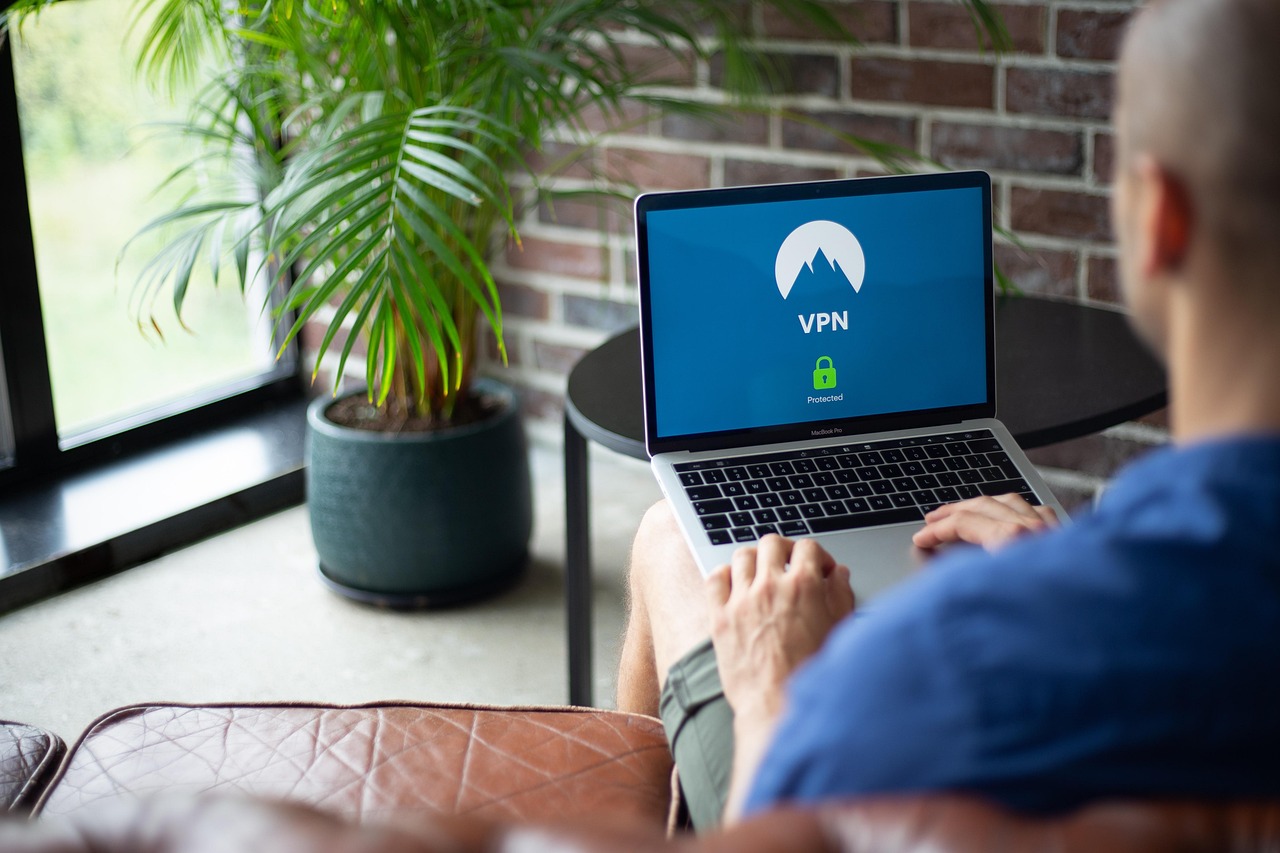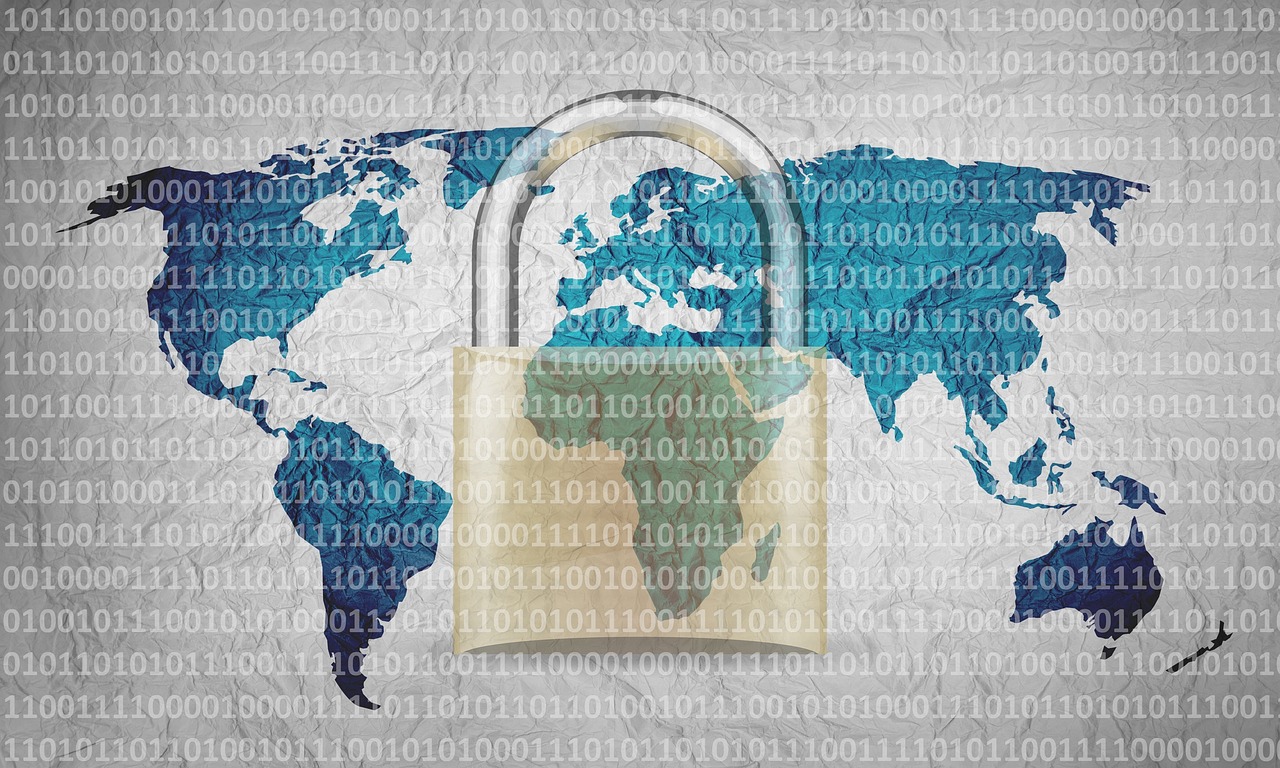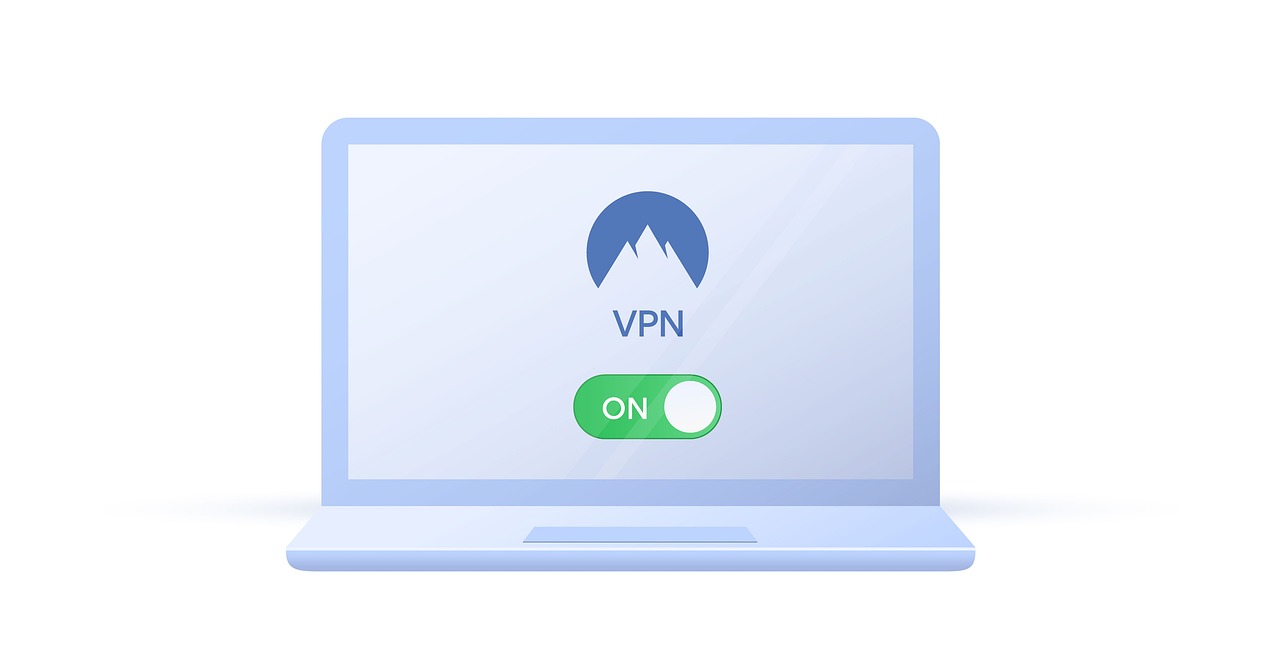
Beyond The Gatekeeper: Rethinking Dynamic Access Control
Access control is the cornerstone of cybersecurity, dictating who can access what within a system or environment. Effective access control mechanisms are vital for protecting sensitive information, preventing unauthorized activities, and maintaining the integrity of data. Without robust access control, organizations are vulnerable to data breaches, insider threats, and compliance violations. This blog post will delve into the intricacies of access control, exploring its types, principles, and best practices for implementation.
What is Access Control?
Definition and Purpose
Access control refers to the methods and processes used to manage who or what can view or use organizational resources. These resources can include physical locations, computer systems, networks, applications, and data. ...









